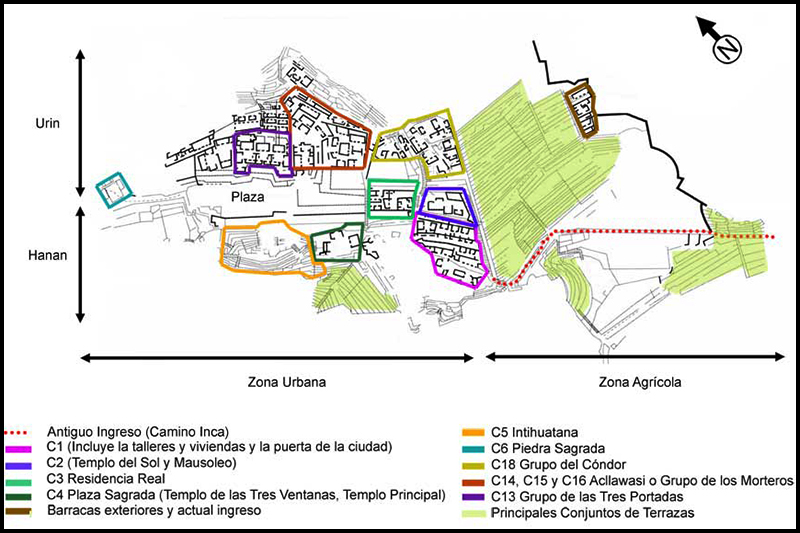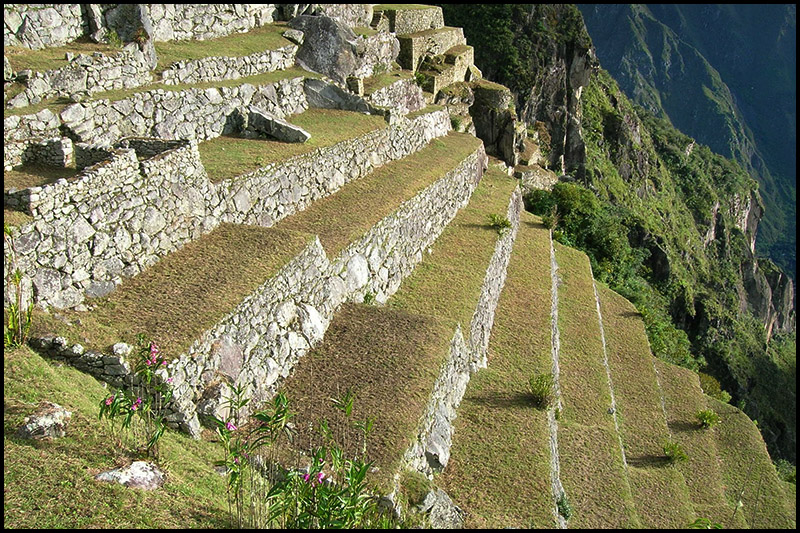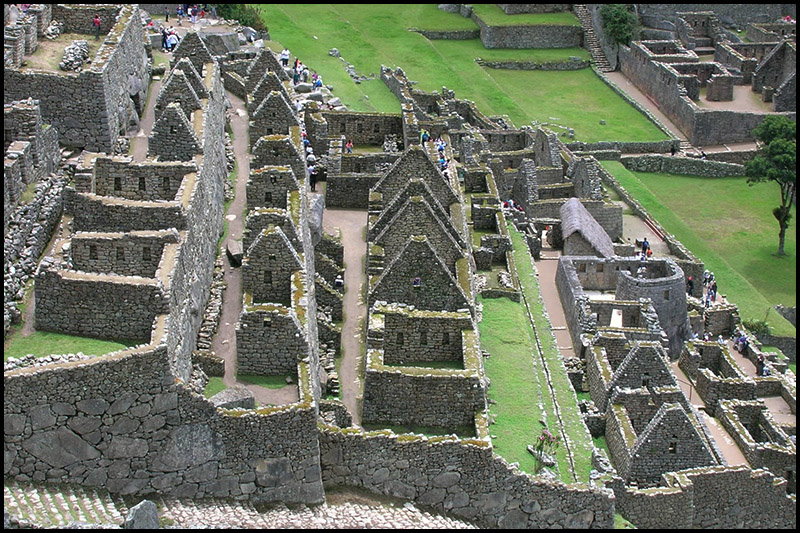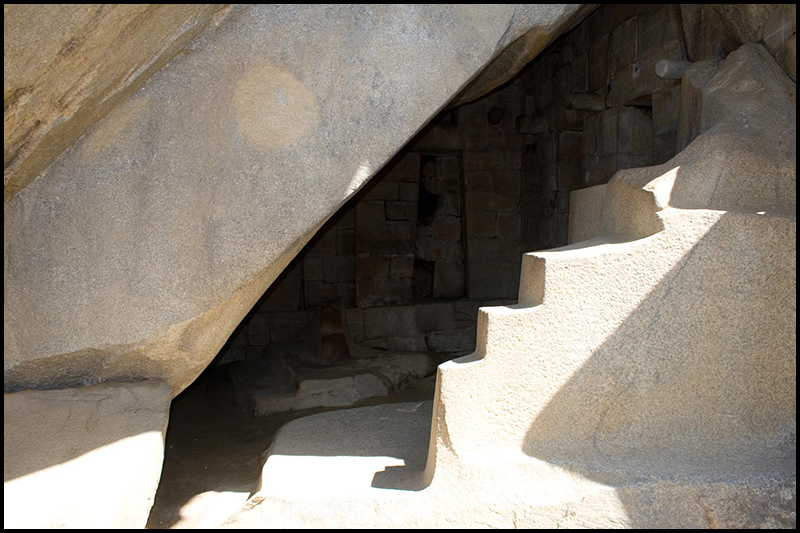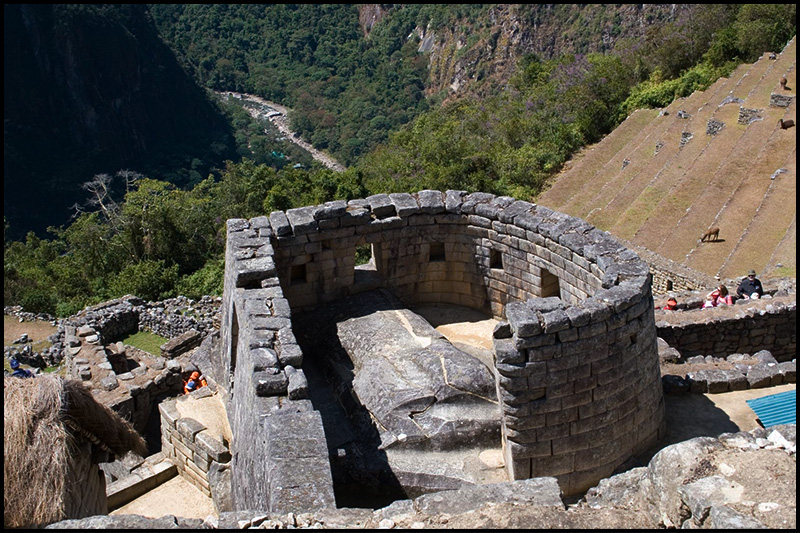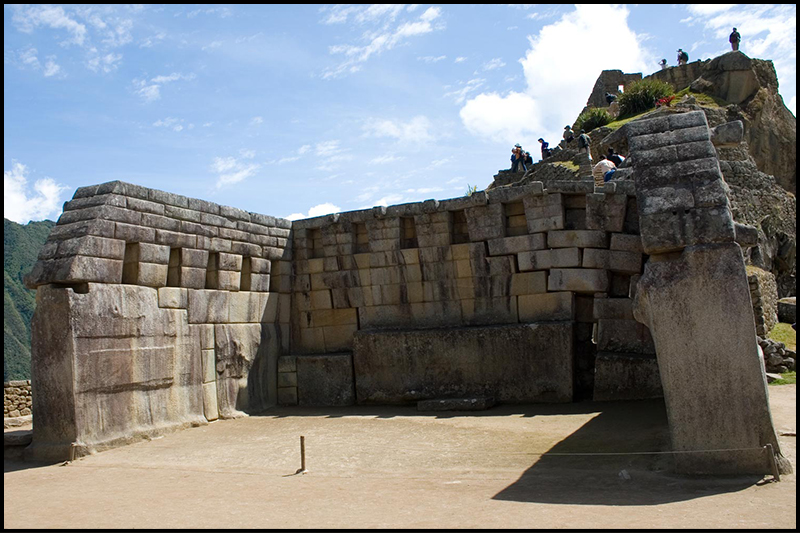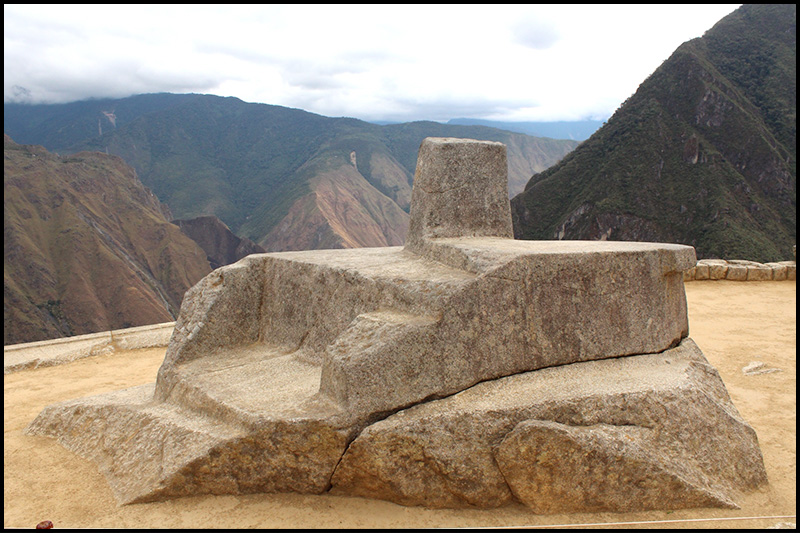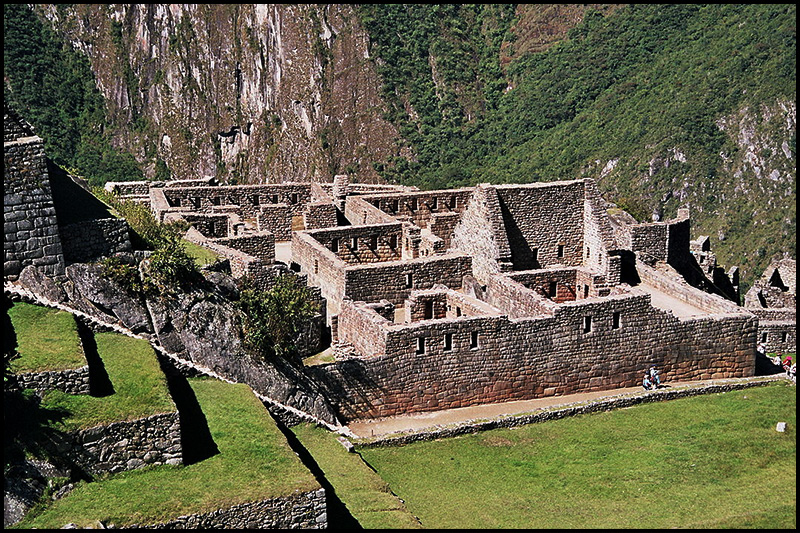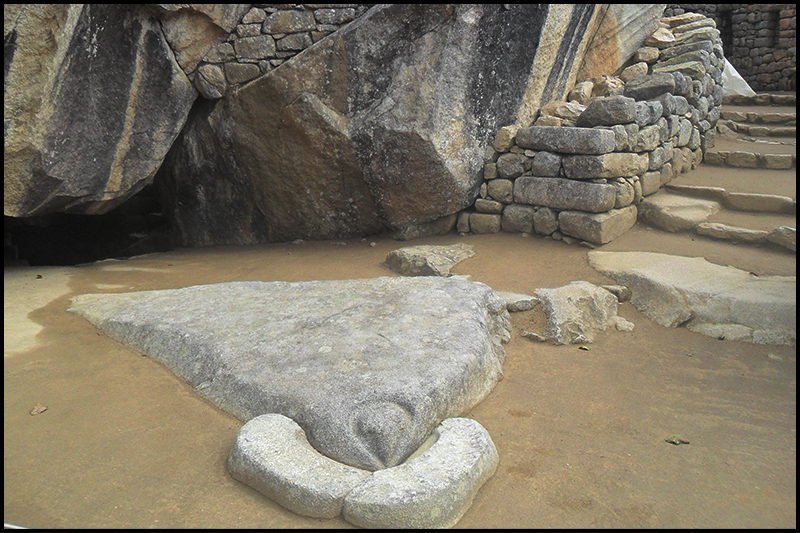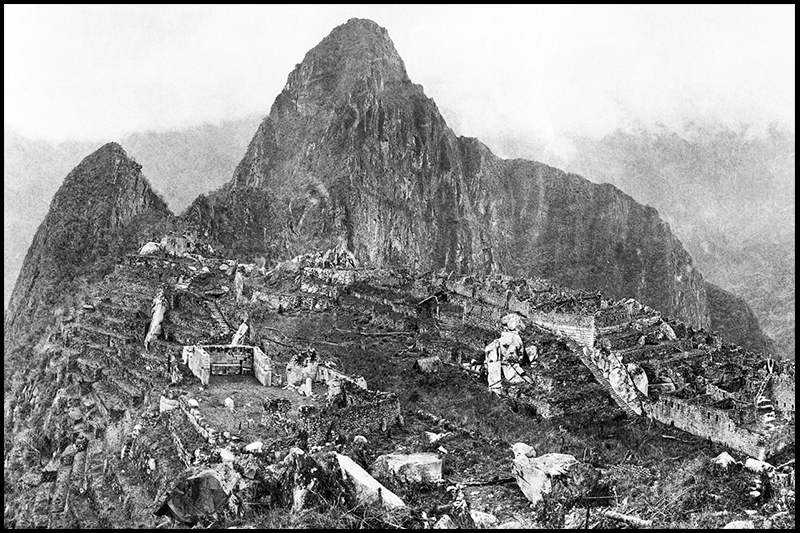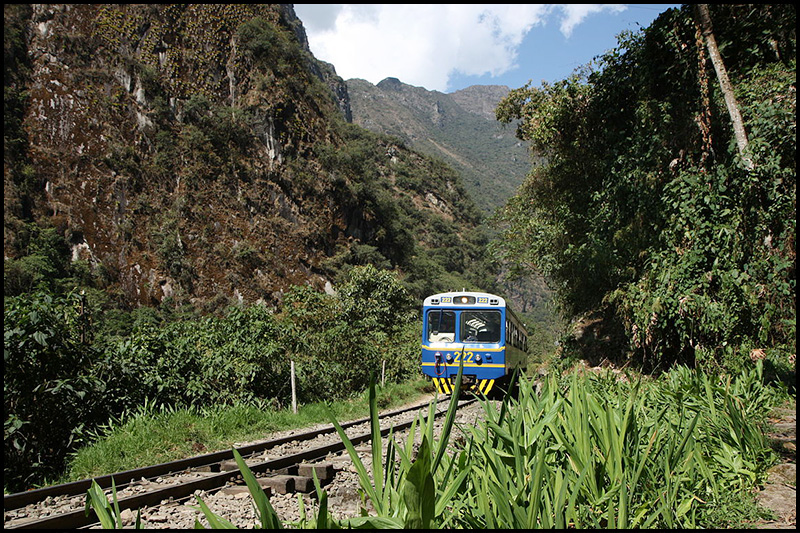- Cóntactanos
- (+51) 84 226686

Machu Pichu
One of the seven wonders of the modern world- General Information
- Machu Picchu
Description
Historic sanctuary of Machu Picchu
Machu Picchu (Old Mountain) is the contemporary name given to a llaqta -old Andean - Inca town built before the century XV in the rocky promontory that links the Machu Picchu and Huayna Picchu in the eastern slopes of the Cordillera Central, the southern Peru and 2490 m above sea level , altitude of the main square. Its original name would have been Llaqtapata.
According to documents from the mid-century XVI , Machu Picchu would have been one of the residences rest of Pachacutec, the ninth Inca Tahuantinsuyo between 1438 and 1470 . However, some of its finest buildings and ceremonial evident from the main path to the llaqta realize its earlier rise to Pachacutec and its presumable use as a religious sanctuary. Both uses, Palace and sanctuary, would not have been incompatible. Even though his supposed military discussed, so the popular epithets of "strength" or "citadel" could have been bettered.
Machu Picchu is considered both a masterpiece of architecture and engineering. Its unique architectural and landscape features, and the veil of mystery that has woven around much of the literature published on the site, have become one of the most popular tourist destinations on the planet.
Machu Picchu is on the List of World Heritage of Unesco since 1983, as part of a cultural and ecological group known as the Historic Sanctuary of Machu Picchu. On July 7, 2007 Machu Picchu was declared one of the new seven wonders of the modern world in a ceremony in Lisbon (Portugal), which was attended by one hundred million voters in the world.
Coordinates
- 13º 9' 47" latitud sur
- 72º 32' 44" longitud oeste
Weather
The temperature is warm and wet during the day and cool night. The temperature ranges between 12 and 24 degrees Celsius. The area in general is very rainy, especially between November and March. The rains, which are copious, rapidly alternating with moments of intense sunshine.
Área
The area built in Machu Picchu is 530 meters long by 200 wide and includes at least 172 precincts. The complex is clearly divided into two main areas: the agricultural zone, formed by sets of farming terraces, located south; and the urban area, which is, of course, one where their occupants lived and where the main civil and religious activities were developed. Both zones are separated by a wall, a moat and a staircase, elements that run parallel to the slope of the mountain this. A significant part of the ruins that can be seen today are actually recent reconstructions, as seen by comparing the images obtained in the 1910s with today.



